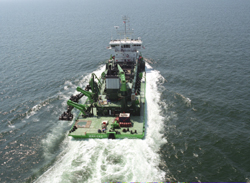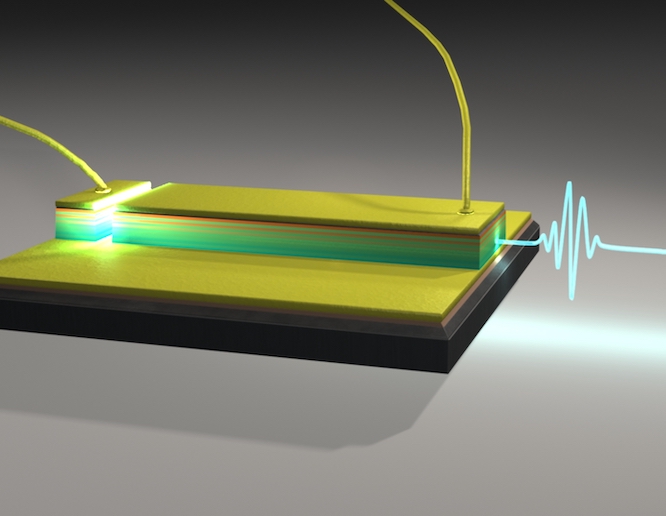Reducing water resistance in hopper dredgers
Naval architects have traditionally predicted the flow of water around a ship's hull and the inflow to the propeller using hydrodynamic tests on a scale model in a towing tank. Researchers from the EFFORT project used CFD to achieve reduced resistance and improved propeller inflow and propulsive efficiency. This technique also helped to reduce the level of vibration and cavitation. The use of validated full-scale CFD can result in reduced time and costs during the design phase which can contribute to the increased competitiveness of European shipbuilding. Europe specialises in high-quality vessels, including high speed ferries, cruise liners, container ships and dredgers. A team of researchers from the EFFORT project carried out extensive flow measurements onboard a hopper dredger. The transom of a vessel forms the horizontal surface at its stern. The immersion of the transom in the water is a common feature among hopper dredgers and affects resistance to water flow. In order to avoid immersion the stern can be stretched so that the transom is above the waterline. However, this would require the craft's length to be dramatically increased. A second solution is to curve the transom upward but this may result in flow separating from the hull thereby increasing resistance. Furthermore, water separated from the hull and entering the propeller plane will increase vibration. The water flow and resistance of the transom stern and the extended, curved stern were compared. The wake field predicted by CFD was not affected by the extended stern replacing the transom stern. The change to the transom also created a minor difference in pressure from the propeller plane to the transom. Calculations at full scale for shallow water conditions showed a slight effect on the axial flow. The results achieved by the EFFORT team will lead to further investigations into improvements to the stern using CFD.







